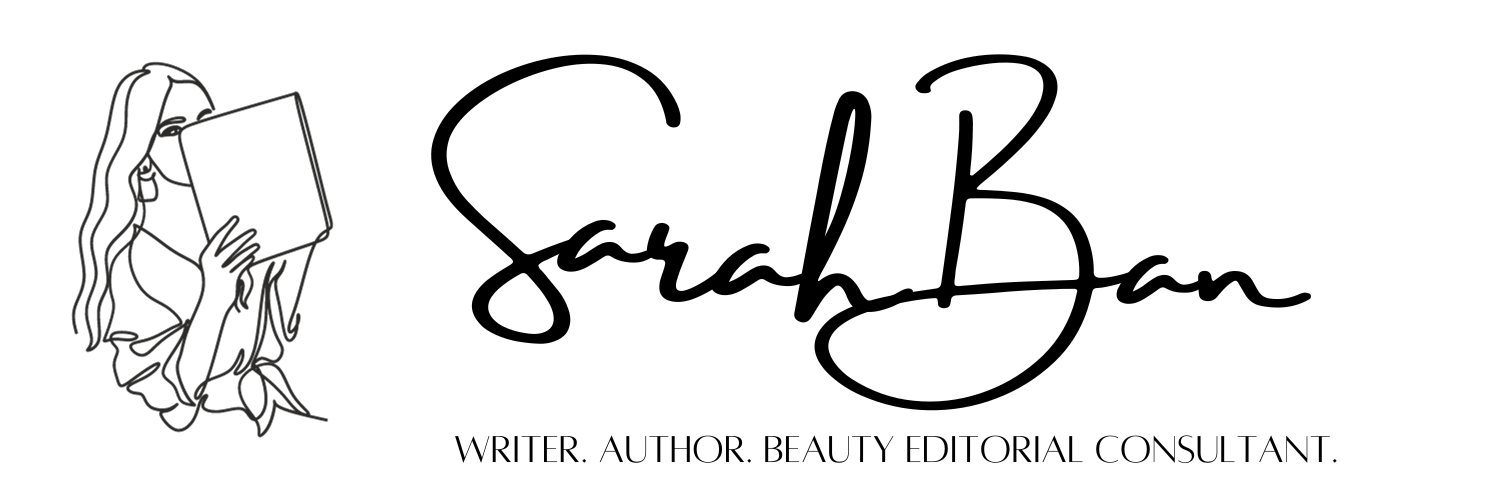As seasoned beauty copywriters and content producers, we often get requests from beauty brands asking us to rewrite articles because the ones they have aren’t generating results. Well-established brands with high-ranking blogs might notice their most recent batch of posts aren’t showing up in search results (or at all). Start-ups might notice their growing pool of customers aren’t staying on the post for more than a few seconds.
When we review these articles, it’s usually clear why they need to be rewritten. Here are the top reasons why and how to avoid them—so you can get it right on the first try:
The blog topic is overdone
Oftentimes, beauty brands will hire a search engine optimization consultant to run an analysis of which topics to write about, which means they typically end up being the same thing customers have been reading about since the birth of beauty blogging. If your brand targets individuals who are new to skin care, it might make sense to create intro pieces, but brands that cater to skincare enthusiasts and higher-spenders would benefit from something a little more complex than “Why You Need to Moisturize” (we get this request often). Now, there’s nothing wrong with covering the fundamentals regardless of your audience, but if you do, mind the next tips.
There is no unique angle or perspective
Relating to the above, your brand’s unique philosophy should be integrated into each article. Is there a specific ingredient you believe that is essential to home skin care. Why? Is there a widely held myth being perpetuated that you want to debunk? What new bit of knowledge can you offer through your article?
The article isn’t thorough enough
Most of the time when we execute rewrites, it’s because there are a lot of gaps that need to be filled in. Our words are like spackle! The existing article is broad, vague, and reads like a brochure—not an expert. The whys and hows aren’t answered, and that can easily frustrate customers.
There are no third-party credentialed experts to back up claims
Your blog is competing with thousands of websites, including online editions of beauty magazines that hire journalists $1/$2 word to interview board-certified dermatologists. Although your own company might staff its own reliable sources, the article should also incorporate backup references through clinical studies, research papers, and information provided on reputable sites. If you’re a startup without easy access to a credentialed professional, there’s an easy workaround. The point is, there should be someone other than your staff blogger offering information.
The article is the wrong length for the topic
Many brands will come to me with a rule of thumb regarding the length of their blog posts—usually something like 500 words, 800 words, or 1,000-2,000 words. These numbers are often based on data gathered by the content team. However, be open to exceptions. Some topics are way too involved to be summarized into 500 words. Think about the last time you wanted to invest in something for the first time. If it’s a higher-ticket item, you’d conduct more research and be a lot more willing to read a feature-length article to get your hands on the most information. On the other hand, if you simply wanted to learn how to incorporate massage into your face-cleansing routine, then you’d probably prefer something shorter and to the point. Don’t force yourself to create content based on word count—think about what the customer wants.

Comments are closed, but trackbacks and pingbacks are open.